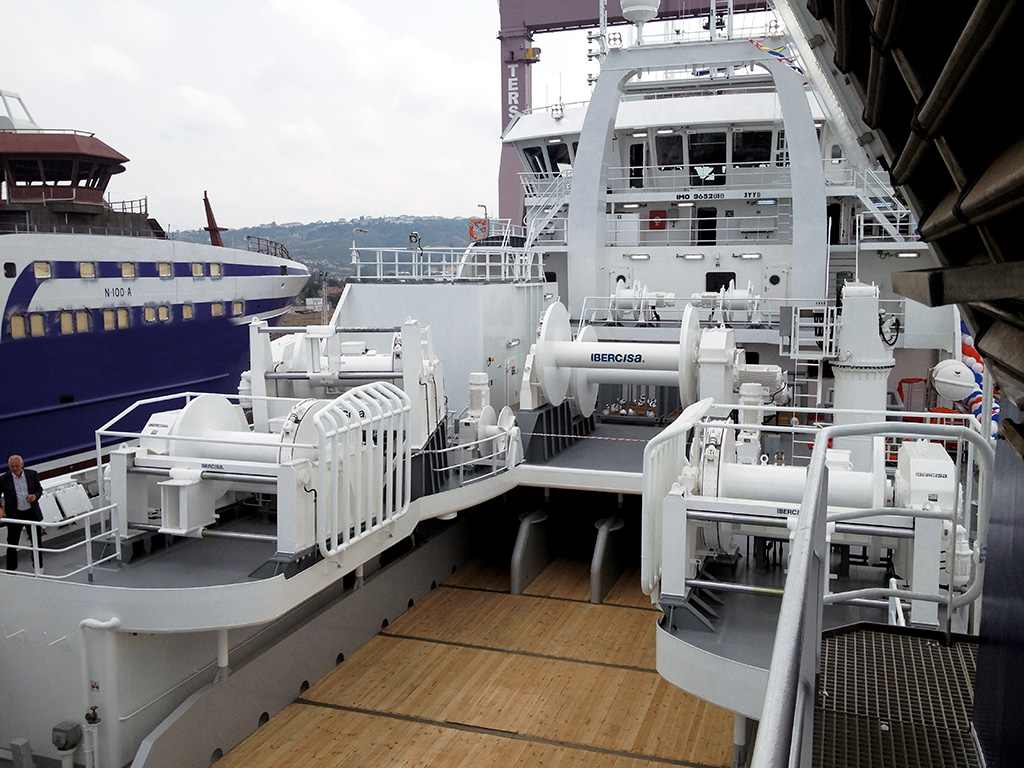



See
our
credentials
our
credentials
Press releases
11/08/2016
Ibercisa Deck Machinery at Norfishing 2016
One of the principles of physics “energy is neither created nor destroyed, it is transformed” is beginning to be applied to the design of fishing boats. The Northern European fishing fleet, mainly from Denmark, Norway, Holland, Russia or Iceland, have added new units which are more sustainable, efficient and less energy consuming. Companies such as Grandi HB, Parleviet, Andeg, Rederiet Ruth or Irvin and Johnson are choosing vessels which are highly efficient in design and which apart from reducing fuel consumption, also incorporate the technology which allows them to recuperate the energy generated on board. These boats are opting for electrical drive for their deck machinery allowing them, on the one hand to reduce consumption, maintenance and noise and vibration and, at the same time, have greater control over the fishing operations and above all to enable regeneration of the energy generated when paying out the gear. The efficiency of the system is 90-95 % while the efficiency of the hidraulic system is between 50 %-60 %.
Ibercisa Deck Machinery has positioned itself in this market, excelling as both manufacturer and supplier of electrically driven marine deck machinery. The Danish owner Rederiet Ruth has chosen this system for his highly technological pelagic vessel “Ruth”, built at Karstensens which is already operating successfully. The 86m vessel with three main trawl winches, is the first to have 4 net drums, two of 34m4 and two of 40 m4. the order has included a total of 27 electric winches, driven by frequency variators and with the AFE system with energy devolution.
The big Norwegian owners such as Volstad, REM and Andenesfiske have decided to incorporate fishing winches with electric drive. Ibercisa Deck Machinery has positioned itself in this market, excelling as both manufacturer and supplier of electrically driven marine deck machinery. Their machinery first comes to life in the company technical office and is then manufactured in the Vigo headquarters in conjunction with the client, studying each case as it arises and building the machinery to customers particular requirements.
The Dutch owner Parleviet, has equipped two 86m length 16m width trawlers with winches driven by an electric motor of 340 kW with a capacity for 3,300 metres of 32mm diam. cable and a line pull of 44,9 tons at 39,4 m/min on the first layer.
In Russia the owners Collective Farm After V.I. Lenina; and vessel Pechora of Collective Farm Andez.
The efficiency of the equipment has come from over the Atlantic. In the United States of America, opting for this type of technology came originally from Fishermen's Finest and in Canada from Osprey which is building a boat in Tersan, equipped for fishing shrimp in the Northern seas but designed to operate in other fisheries and in which environmental issues have been taken into consideration having been conceived initially as a “green” boat on which the priority is waste reduction and the recuperation and recycling of excess energy. This trawler will incorporate four electric winches model MAI-E/485/3000-34/IS for tripple trwaler. The Fishermen's Finest vessel includes, apart from control systems, electric split trawl winches, electric Gilson winches, electric sweepline winches, electric net sounder winches, electric cod end winches, electric net drums, electric auxiliary anchor winch, electric mooring winch and electric auxiliary winches.
Ibercisa Deck Machinery has positioned itself in this market, excelling as both manufacturer and supplier of electrically driven marine deck machinery. The Danish owner Rederiet Ruth has chosen this system for his highly technological pelagic vessel “Ruth”, built at Karstensens which is already operating successfully. The 86m vessel with three main trawl winches, is the first to have 4 net drums, two of 34m4 and two of 40 m4. the order has included a total of 27 electric winches, driven by frequency variators and with the AFE system with energy devolution.
The big Norwegian owners such as Volstad, REM and Andenesfiske have decided to incorporate fishing winches with electric drive. Ibercisa Deck Machinery has positioned itself in this market, excelling as both manufacturer and supplier of electrically driven marine deck machinery. Their machinery first comes to life in the company technical office and is then manufactured in the Vigo headquarters in conjunction with the client, studying each case as it arises and building the machinery to customers particular requirements.
The Dutch owner Parleviet, has equipped two 86m length 16m width trawlers with winches driven by an electric motor of 340 kW with a capacity for 3,300 metres of 32mm diam. cable and a line pull of 44,9 tons at 39,4 m/min on the first layer.
In Russia the owners Collective Farm After V.I. Lenina; and vessel Pechora of Collective Farm Andez.
The efficiency of the equipment has come from over the Atlantic. In the United States of America, opting for this type of technology came originally from Fishermen's Finest and in Canada from Osprey which is building a boat in Tersan, equipped for fishing shrimp in the Northern seas but designed to operate in other fisheries and in which environmental issues have been taken into consideration having been conceived initially as a “green” boat on which the priority is waste reduction and the recuperation and recycling of excess energy. This trawler will incorporate four electric winches model MAI-E/485/3000-34/IS for tripple trwaler. The Fishermen's Finest vessel includes, apart from control systems, electric split trawl winches, electric Gilson winches, electric sweepline winches, electric net sounder winches, electric cod end winches, electric net drums, electric auxiliary anchor winch, electric mooring winch and electric auxiliary winches.
Ibercisa News:
PRESS CONTACT
Nieves García
press@ibercisa.es
press@ibercisa.es
IBERCISA ON TWITTER
Tweets por el @Ibercisa.

